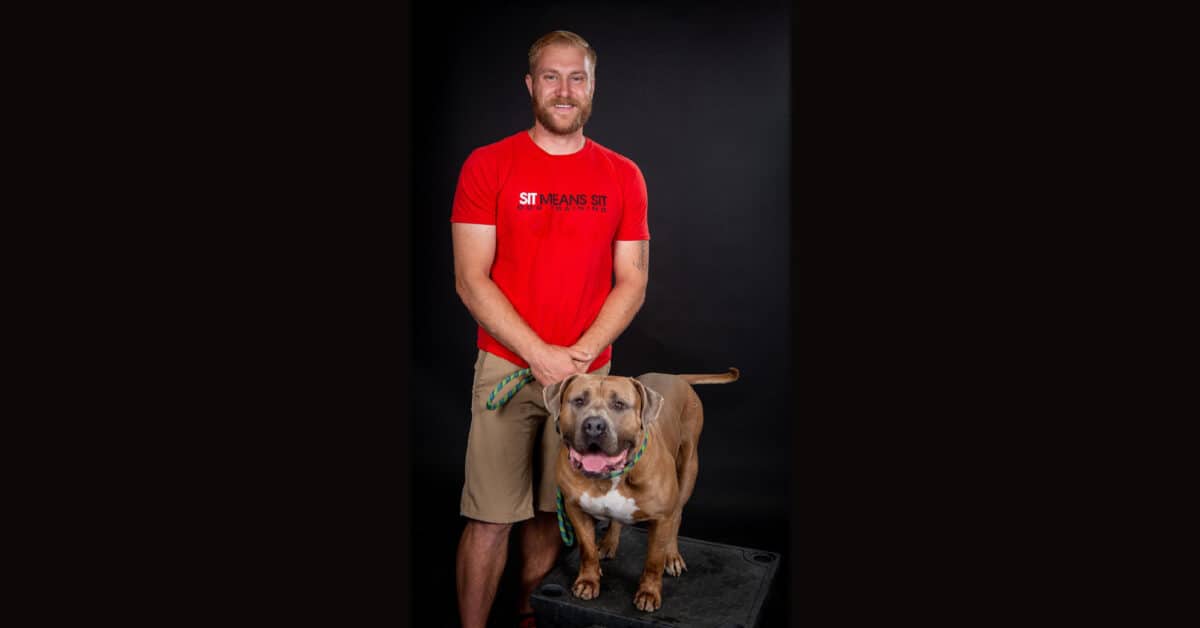
Training an Aggressive Dog: What You Need to Know
Hearing your dog growl, bark, or lunge can feel scary—but don’t worry, you’re not alone. Aggression in dogs is more common than many people think, and with the right approach, it can absolutely be improved.
At Sit Means Sit in Southern Utah, we work with dogs of all temperaments, and we believe every dog has the potential to learn and grow. If your dog shows signs of aggression, there’s hope—and there’s help. Let’s take a look at what you need to know about aggressive dog training and how you can guide your pup toward better behavior.
What Does Aggression Look Like?
Aggression isn’t always about being “mean.” Dogs may act out because they’re scared, anxious, territorial, or unsure how to respond in certain situations. Common signs of aggression include:
- Growling or baring teeth
- Snapping or biting
- Lunging on leash
- Guarding food or toys
- Fear-based reactions to people or animals
Understanding why your dog is acting aggressively is the first step in creating a training plan that works.
Why Professional Training Matters
When it comes to aggressive dog training, consistency, structure, and calm leadership are key. A professional dog trainer can help identify the root cause of your dog’s behavior and build a personalized plan that’s safe, effective, and confidence-building—for both of you.
At Sit Means Sit Southern Utah, our dog trainers use proven techniques that emphasize trust, communication, and positive reinforcement. We don’t just work on your dog—we work with you to make lasting changes.
Tips for Managing Aggression at Home
While professional support is important, there are things you can start doing right away to help:
- Stay calm and confident. Dogs read your energy. Stay in control of your own emotions, even if your dog is reactive.
- Avoid triggers when possible. If certain situations make your dog lash out, try to avoid them until you’ve built up more control through training.
- Reward calm behavior. Focus on praising and rewarding your dog when they are relaxed, quiet, and attentive.
- Keep safety first. If needed, use tools like leashes, gates, or muzzles (with proper training) to prevent incidents while you’re working through behavior changes.
Your Dog Can Change—With the Right Help
Aggression doesn’t have to be a life sentence. With time, patience, and the right aggressive dog training techniques, many dogs can become calmer, more confident, and more trustworthy in challenging situations.
At Sit Means Sit Southern Utah, we specialize in helping dogs—and their humans—overcome behavioral hurdles with customized programs designed for real-world results.
Don’t wait for things to get worse. Contact us today to schedule a consultation and take the first step toward a safer, more peaceful life with your dog. You’ve got this—and we’re here to help.
